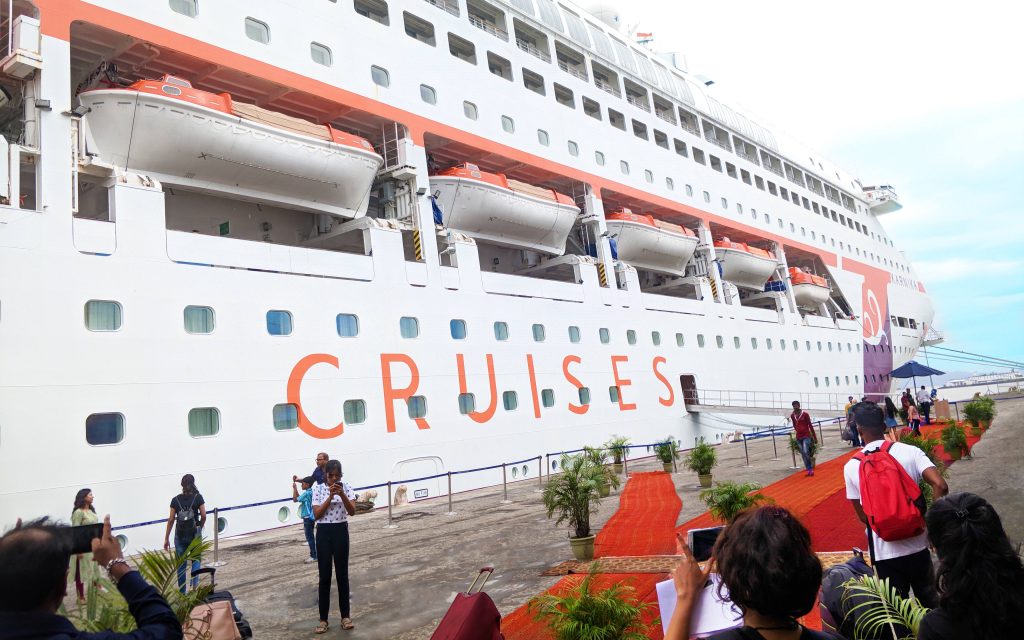
Cruise ship jobs are known to be some of the most demanding out there. But things get even busier during embarkation and disembarkation. These are the days when passengers – often averaging around 3000 on ocean liners – come on board and depart respectively.
Embarkation is the process by which passengers are boarded and given their rooms, while disembarkation is when they are seen off the ship. On cruise ships, both happen on the same day when passengers from one trip leave, the crew make a quick turnaround, and a new set of passengers arrives on board.
It’s a tumultuous time, as guests are typically in a holiday mood and many are relaxed about instructions. All departments must work in harmony, and at full steam, to ensure that everything goes smoothly. The housekeeping department is especially busy.
Typically, guests are expected to have their luggage packed and ready for pick up the night before disembarkation. Many either forget or feel they can manage it by themselves. This can often lead to problems. Luggage picked up the previous night needs to be tagged and sent to appropriate holding areas before being unloaded and separated by zone number in the baggage claim at the terminal.
Many guests will wait until the last minute to leave their cabins, or will delay, causing housekeeping to back up and then work doubly hard to meet cleanliness standards before the new guests embark.
Staff have about four hours or so between disembarkation and embarkation. Within this time, each housekeeper will need to disassemble and assemble their entire section of about 15-21 double-bed cabins, including changing all the bedding, taking out the trash, dusting and vacuuming, washing the bathroom, filling ice trays and buckets and replenishing the mini bar.
They must also ensure that the stationery includes a directory folder with all the ship information, logbook, letters addressed to each passenger, emergency cards and cruise pass cards for each passenger, ID cards for children, and age-appropriate life jackets. In addition, the staff needs to bring the luggage of the new embarking passengers to the correct rooms.
To make it easier to handle the thousands of guests embarking on each ship, cruise companies offer online check-ins and staggered arrivals. This helps with crowd control and also allows the guests to experience shorter wait times.
Cruise ship jobs require staff to be polite, courteous and extremely patient, especially during embarkation and disembarkation. Guests can forget IDs, misplace documents or enter wrong information, despite receiving detailed instructions. Delayed waits can cause many to get upset, which increases the stress on cruise ship staff.
Cruise ship chefs are also under pressure to feed thousands their last meal before disembarkation and the same number of new guests arriving on board. Many who are embarking spend their time eating or enjoying a drink or two before they get settled in. Chefs try and take the opportunity to impress with high quality presentation, and waiters make their presence felt from the get-go so they can earn decent gratuities at the end of the cruise.
Guests requiring wheelchair assistance need to be attended to, while those who have pre-registered for early departures need to be given priority clearance. In addition, staff needs to be on hand at the photo gallery shop for last-minute purchases, as well as at the reception to ensure that all bills are cleared, any irregularities that can be settled immediately are looked after, and gift shop purchases held for safekeeping – such as liquor – are handed back to the guests.
Over time, cruise ship crew learn how to efficiently manage their time, but these crucial days remain the busiest and often the most stressful days on board.